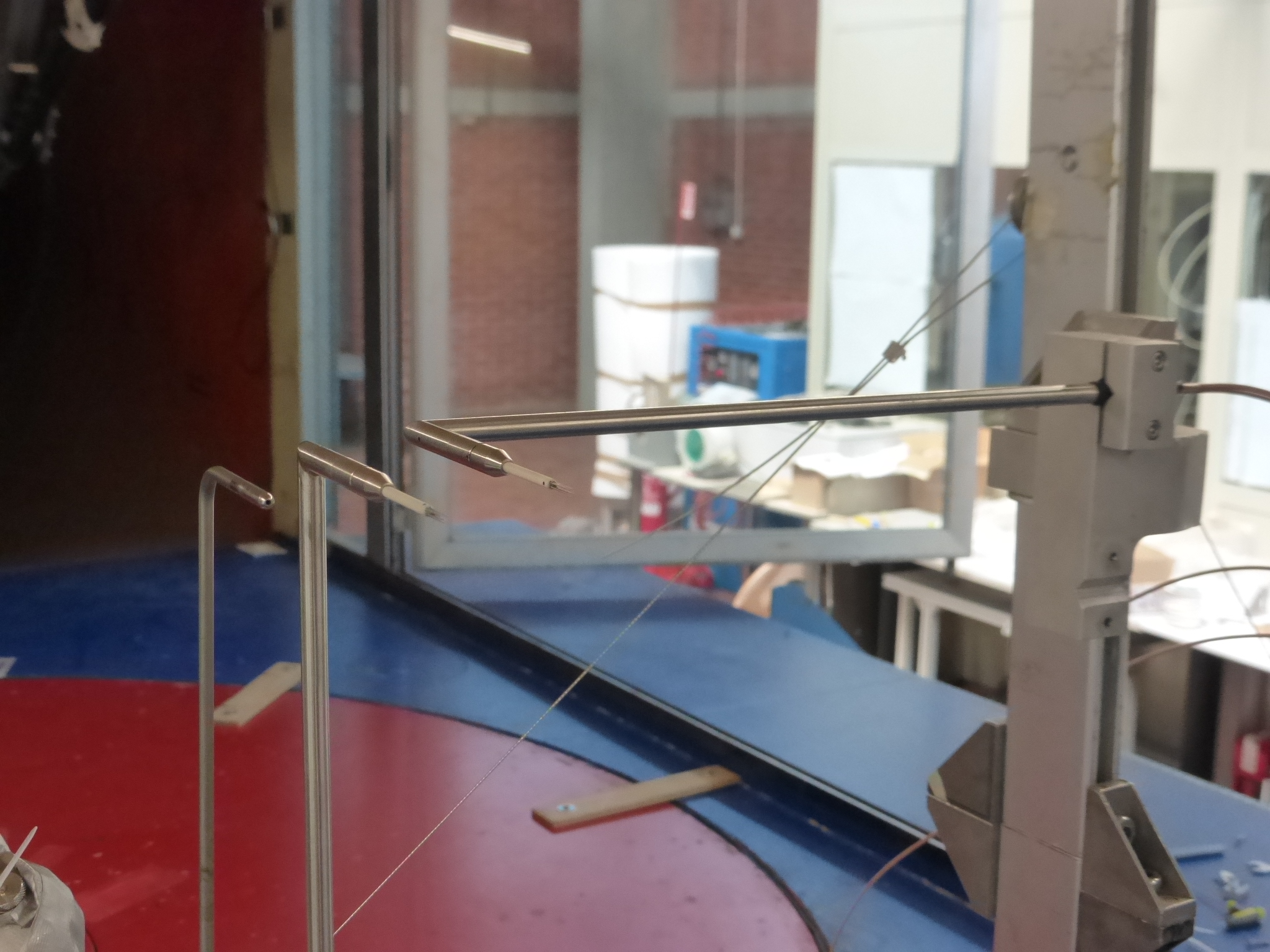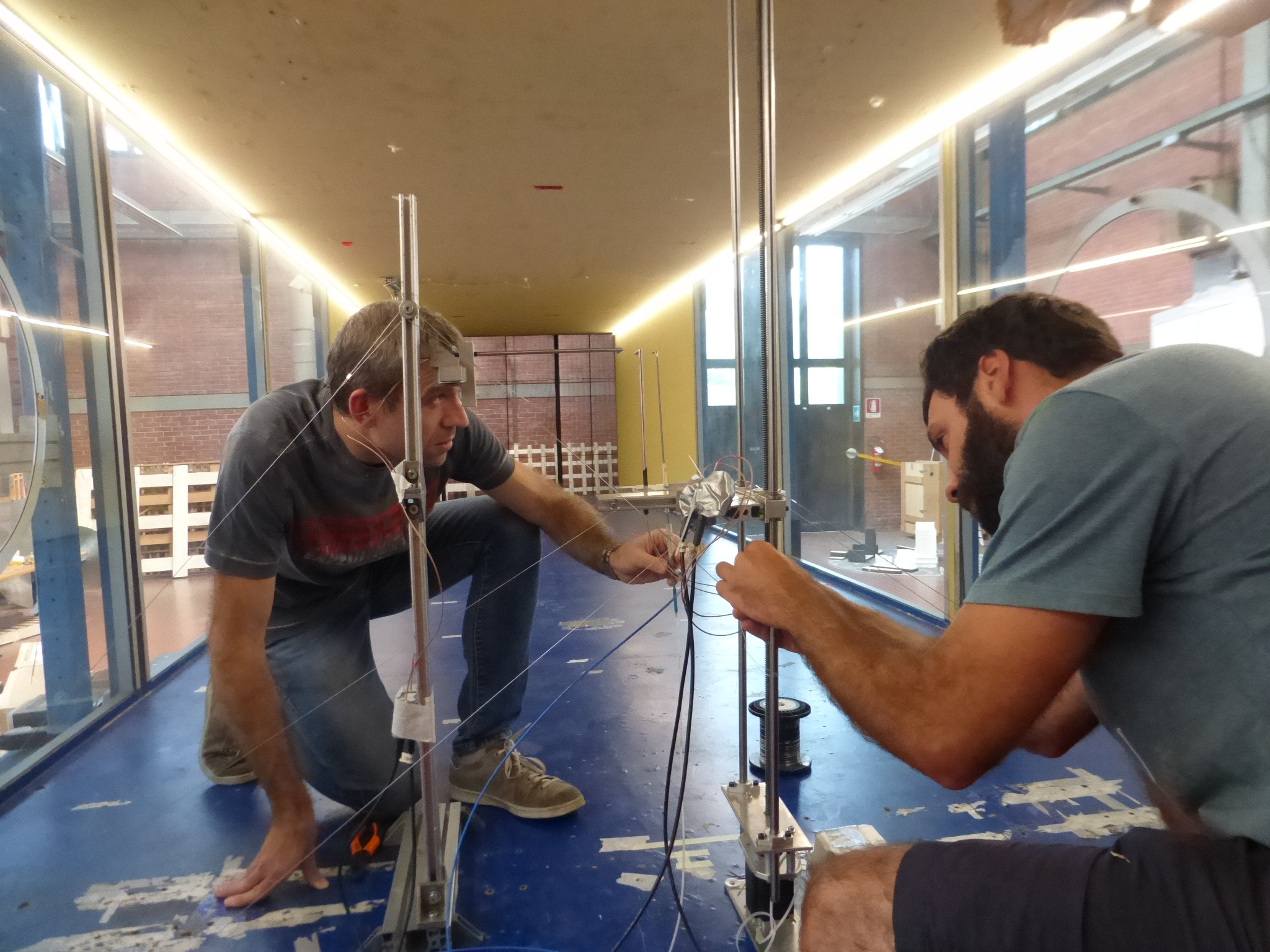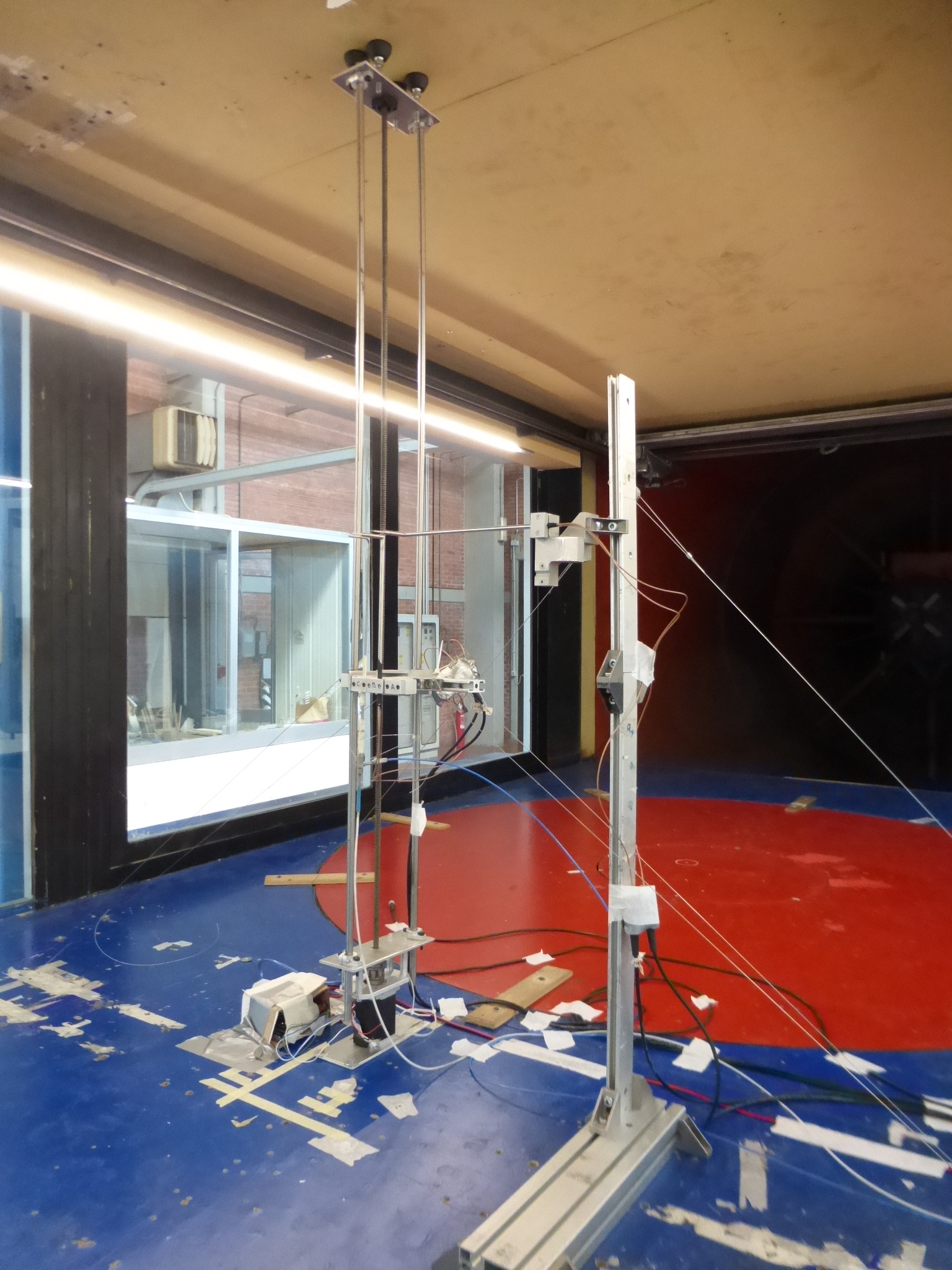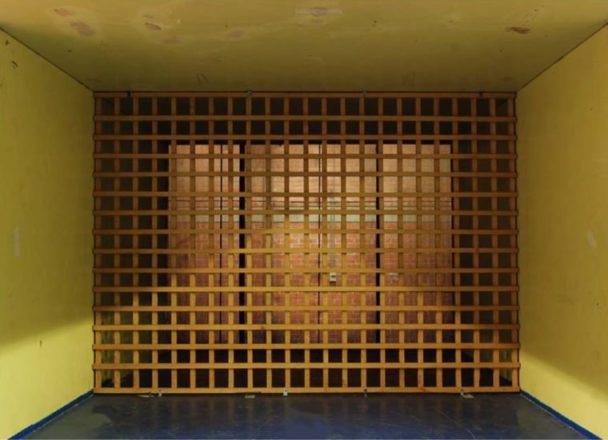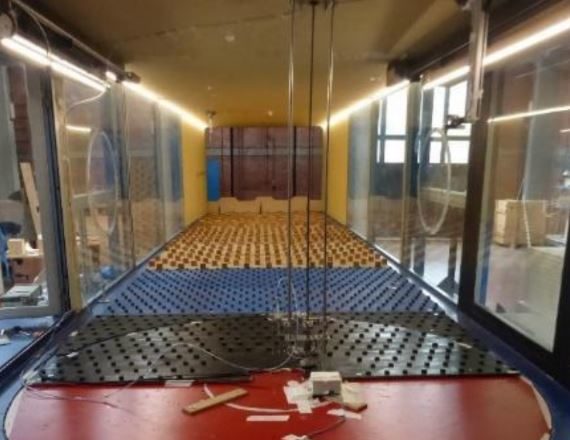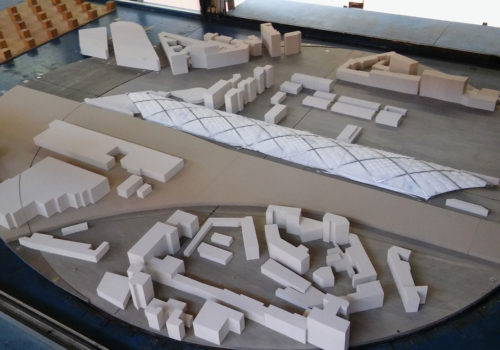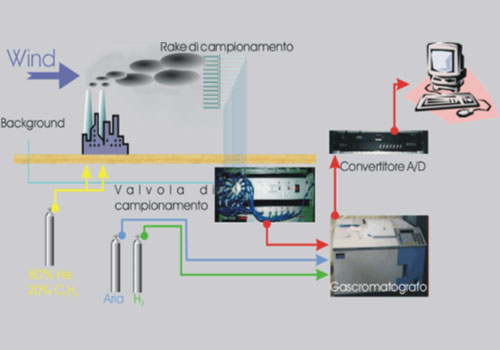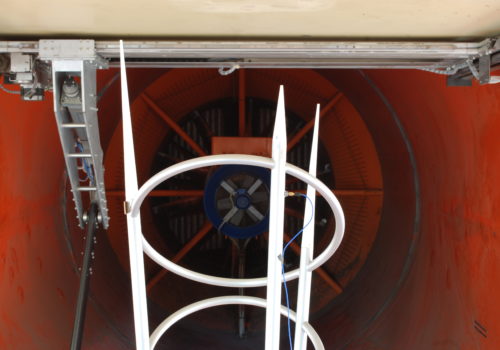Evaluation of the flow characteristics by means mono-wire and cross-wires anemometers
Most of the wind tunnel tests need to be preceded by a precise flow characterization. The flow features of both laminar and differently turbulent flows have to be estimated by means of specific devices. The classical pitot tube is fine for mean velocity estimation but the fluctuating part of the flow require the use of more refined devices. In our wind tunnel we can count on several mono- and X-wires probes, to be mounted in different ways.
In case the test needs the investigation of several points in the space the use of a remote controlled robotic arm is mandatory: in the far end of it it is possible to install up to 3 different types of sensor probes, plus carrying eventual extra-devices (such as pressure scanners). In miscellaneous cases, e.g. internal flows measurements, the probes have to be kept rigidly fixed in space, but more often vertical or horizontal series of points are investigated by means of so-called traversing systems. For example the characterization of laboratory scaled boundary layer profiles, or the 2D characterization of homogeneous turbulence grids.
Wind-turbine model downwind of four different terrain types; the flow field has been investigated through the remote controlled robotic arm moving a Cobra probe in this case.
Vertical traversing system to characterize the flow. The vertical position of the probes (mono-wire, X-wires or pitot tubes) are precisely controlled by means of an Arduino-based remote system.
Vertical wind profile measured by using the vertical traversing system (left). Homogeneous turbulence grid installed in the CRIACIV wind tunnel (right).



